I like fancy walnut. I won’t buy a gun unless it has exceptional wood and it’s in chambered in a round I already shoot (I don’t want to buy new dies and components, and with the exception of .22 Long Rifle, I only shoot what I reload). On rare occasions I’ll come across a rifle with wood so exceptional, though, that I’ll set aside my caliber rule. This is a story of one such rifle: A Kimber 84 Classic Select chambered in .257 Roberts.
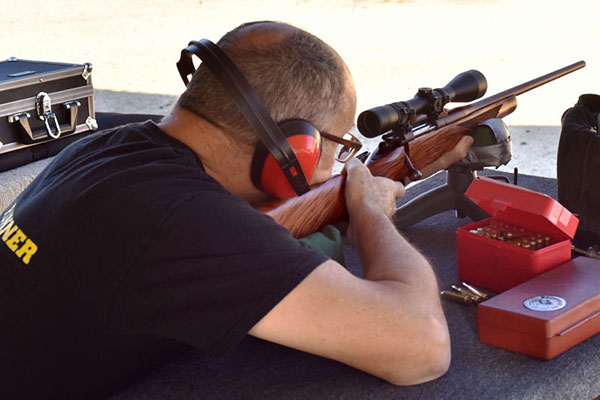
The Kimber “Select” designation means the rifle has been selected for the figure in its stock, but I’d seen any number of Select Kimbers with mediocre wood. That’s not the case here, though. The two photos directly below were straight from the Gunbroker.com ad, and I’d never seen one as beautiful as the auction photos indicated.
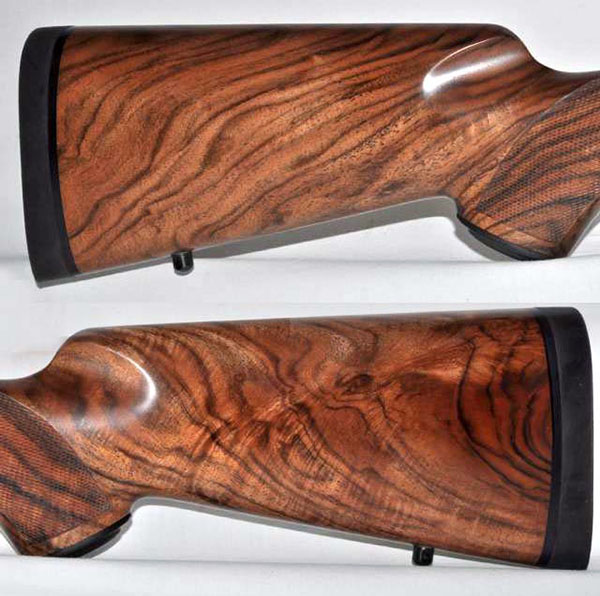
I knew I wanted the rifle, but I was a bit skeptical because I’d talked to a guy at the range with a .257 Roberts Kimber. When I asked him how it shot, he just looked down and shook his head. “With that pencil weight barrel, it’s hard to hold 3 inches,” he said. “Good enough for deer, I guess.”
But still, that wood. When I saw those photos above online, I called the store behind the Gunbroker ad. “Is it really as nice as the pictures?” I asked.
“We were stunned when we opened the box,” the guy at the other end said, “so the answer is yes. We’ve never seen one like it.”
That cut it for me. The rifle had a “buy now” price posted on Gunbroker, and that’s what I did. The time to buy something exceptional is when you see it. I suspect if I had let the auction for the Kimber run its course, the bidding would have taken the price well north of the buy now number.
I was a little leery of the .257 Roberts cartridge having had zero experience with it, but everything I read about it was good. Ned Roberts (a gun writer and wildcat cartridge developer in the 1920s) necked down the 7mm Mauser round to .25 caliber (the actual bullet diameter is 0.257 inch). Remington added legitimacy to the cartridge by offering it in 1934. Folks say it’s perfect for hunting everything from groundhogs to deer. All that sounded great, but I remembered that guy with his .257 Bob at the gun club. I need not have worried, though. You’ll see why in a minute.
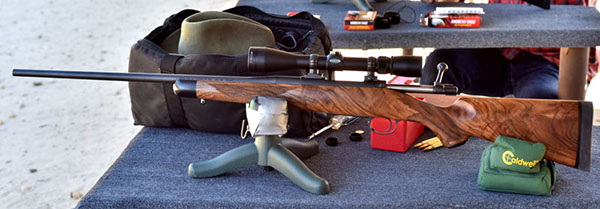
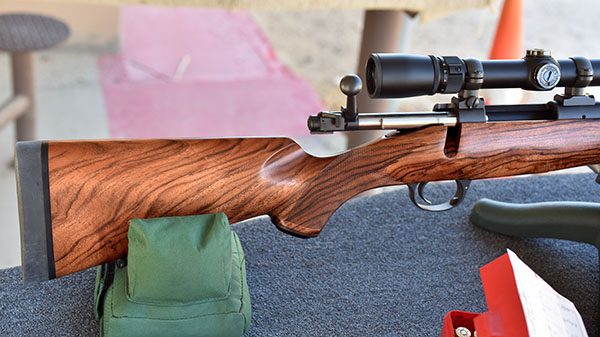
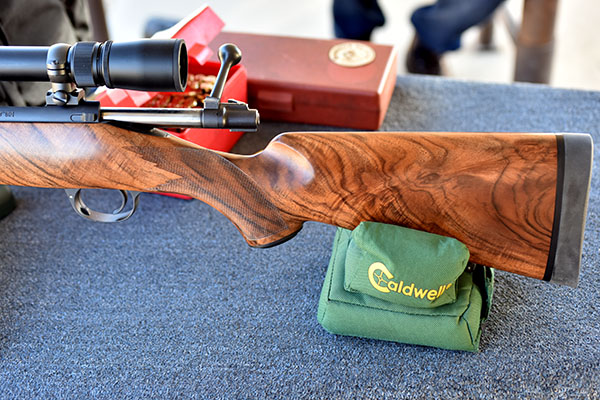
So how did the Kimber shoot? In a word, it was fantastic. How about sub-half-minute groups the first time out?

The secret sauce for the Kimber is 36.5 grains of IMR 4320 propellant under the 100-grain Sierra jacketed softpoint bullet (their No. 1620 bullet). My Lyman manual lists a propellant range for that bullet of 36.0 to 40.0 grains. I had three loads prepared that went up to 38.0 grains, but I found the 38.0-grain load too hot (the bolt was difficult to open). You should always start low and work up, and I had just proven that. Every rifle is different (even when they are identical), and 38.0 grains was too hot in my rifle. The 36.5-grain load was the Goldilocks load: It was just right.
More beautiful wood and secret sauce reloading recipes? You can read them right here!



